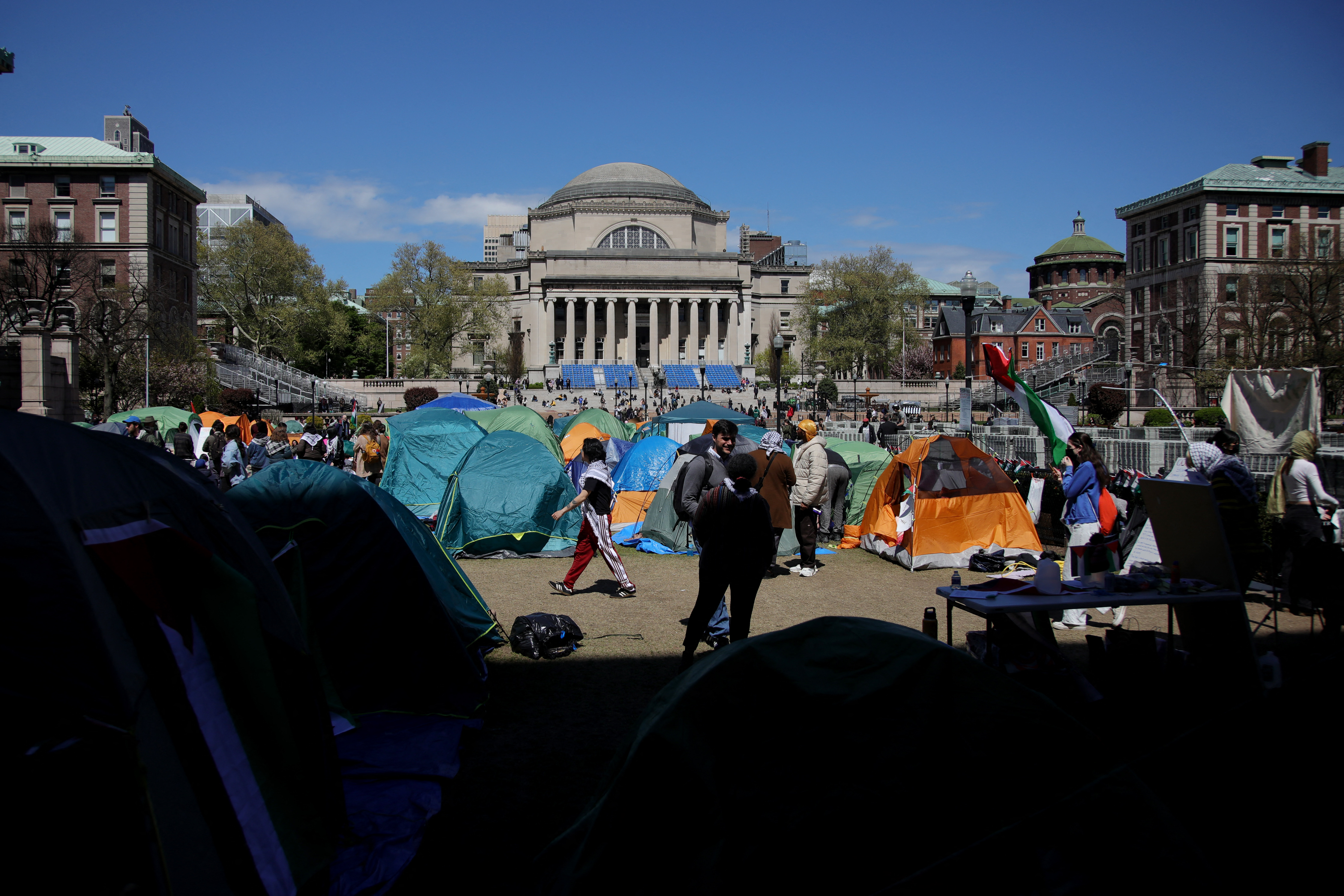Good-government groups have long said the secretive process by which political powers redraw their own election district lines could be more fairly done by anyone, even a kid.
Now, legislative leaders in New York and six other states will see whether it's true.
Fordham University is holding a competition among students, including a 10-year-old Michigan child, to take on redistricting. The process has long been used to protect the majorities of the Senate and Assembly by stacking districts with communities that strongly support an incumbent from the party in charge.
The effort includes a website that allows the public to draw lines and submit the ideas to state lawmakers. It also allows viewers to see the process that uses census data to redraw congressional and legislative districts every 10 years.
Local
The website, using free software developed at George Mason University, is the basis of college competitions that will also be used to try to shape the lines drawn for states. They're done by legislative leaders, governors who must approve the lines or courts where many disputed redistricting efforts are resolved.
Through the contest, Fordham's Center for Electoral Politics is trying to get the public more involved in the process that will help define politics for the next 10 years.
"Once you get into it, it's sort of addictive in a way," said Tyrone Stevens, 23, of Poughkeepsie. He's a graduate student on one of the Fordham teams redrawing New York congressional districts.
"I'm fascinated by looking at ways of representing different communities," Stevens said. "It makes something that is a very dry process and turns it into something that is more hands-on and interactive. And it's as fundamental to democracy as it gets.''
Fordham's project "shows that it is not rocket science for districts lines to be drawn fairly and impartially," said Dick Dadey of the Citizens Union good-government group. "It's when you add partisan interests to the map-making process that it gets more difficult."
In New York, the Senate's Republican majority and the Assembly's Democratic majority refused to create an independent redistricting commission as most of them had pledged in the 2010 elections, but they promise fairer districts this time. Assembly Speaker Sheldon Silver is proposing a bipartisan, eight-member board of people who aren't lawmakers, but who are appointed by legislative leaders.
Gov. Andrew Cuomo has promised to veto any highly partisan redistricting plan, which would send the issue to the courts.
In New York, public input is mostly limited to public hearings. There, good-government groups and a few citizens argue for the need to keep similar communities linked, to ensure racial minorities a voice in Congress and the Legislature and other voting rights.
The information then goes to a bipartisan commission. There, members of the Senate's Republican majority draw Senate districts and members of the Assembly's Democratic majority draw Assembly districts. Good-government groups complain that politicians are picking their voters.
"Redistricting sets the stage for a decade's worth of political battles and it's incredibly important in the political process," said Fordham political science professor Costas Panagopoulos.
"But it's been so esoteric throughout our history because the public was simply not as equipped as lawmakers and other officials to design the plans,'' Panagopoulos said. ``Now, with the available software that's out there, it's just much easier to do that and to propose alternatives that might have been drawn to serve a political interest."
Copyright AP - Associated Press



